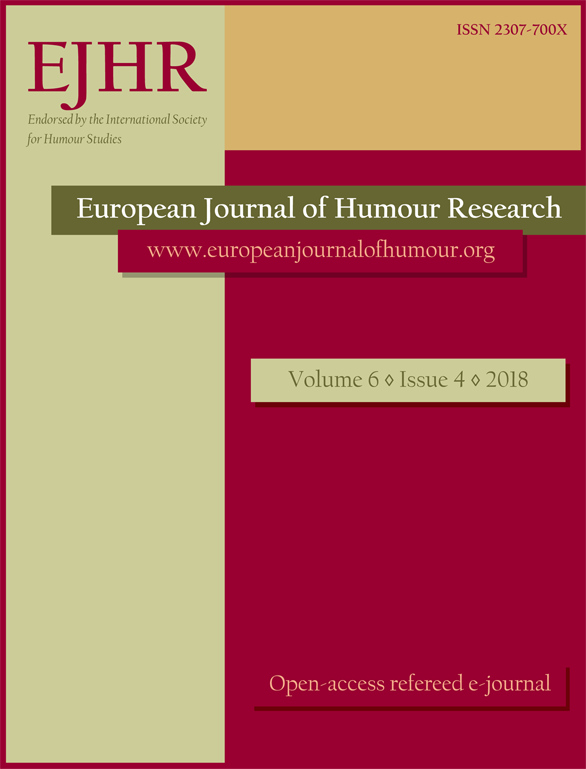Humour generation and multimodal framing of
political actor in the 2015 Nigerian presidential
election campaign memes
Humour generation and multimodal framing of
political actor in the 2015 Nigerian presidential
election campaign memes
Author(s): Akin TellaSubject(s): Politics / Political Sciences, Social Sciences, Language and Literature Studies, Media studies, Theoretical Linguistics, Applied Linguistics, Communication studies, Sociology, Pragmatics, Sociolinguistics, Descriptive linguistics, Politics and society
Published by: Krakowskie Towarzystwo Popularyzowania Wiedzy o Komunikacji Językowej Tertium
Keywords: humour; multimodal framing; Nigeria; presidential election campaign; memes
Summary/Abstract: Internet memes significantly constitute an outlet for extensive popular political participation in election contexts. They instantiate humour and represent political candidates so as to affect voters’ behaviour. Few studies on memes in political context exist (Shifman et al. 2007; Chen 2013; Tay 2014; Adegoju & Oyebode 2015; Huttington 2016; Dzanic & Berberovic 2017). These studies have not intensively examined the integrative deployment of visual and verbal resources afforded by internet memes to generate humour and to construct specific frames for election candidates in the campaign context of an emerging democracy. Therefore, this study investigates the use of language and visuals for humour generation and for the creation of definite frames for the two major presidential candidates in internet memes created in the course of the 2015 Nigerian presidential election campaigns. The theoretical insights for the study are derived from Attardo’s (1997) set-up-incongruity-resolution theory of humour, Kuypers’ (1997, 2002, 2009, 2010) model of rhetorical framing analysis, Bauman & Briggs’ (1990) concept of entextualisation, Kress & van Leeuwen’s (1996) socio-semiotic model for visual analysis and Sperber & Wilson’s (1986) relevance theory. The analysis indicates that meme producers generate humour and frame candidates through the entextualisation of verbal and visual texts, explicatures and implicatures. The memes construct seven individuated frames and one collective frame for the two major presidential candidates in the sampled memes using visual and linguistic resources. It concludes on the note that supporters of election candidates use humorous internet memes for negatively portraying opponents and for positive representation of the favoured candidate. These negative other-representations serve the purpose of depreciating the electoral values of the opponents and indirectly increasing the electoral chances of their own candidates.
Journal: The European Journal of Humour Research
- Issue Year: 6/2018
- Issue No: 4
- Page Range: 95-117
- Page Count: 23
- Language: English

